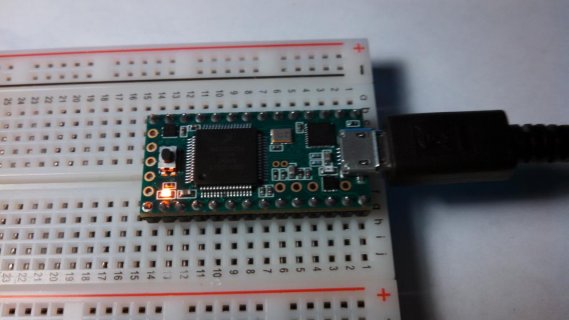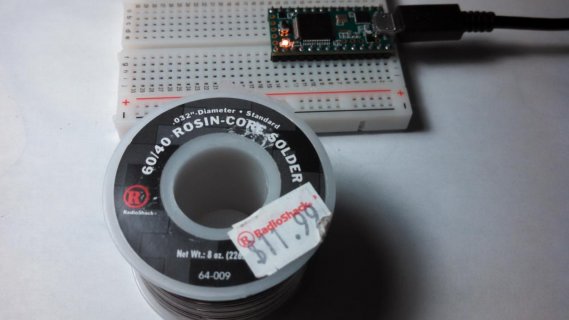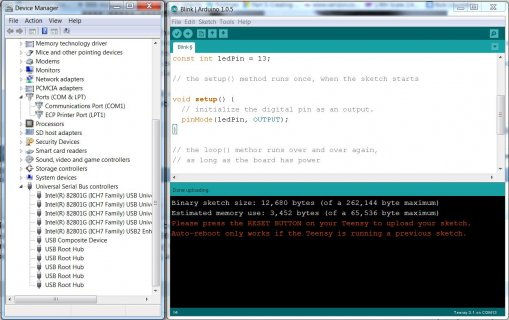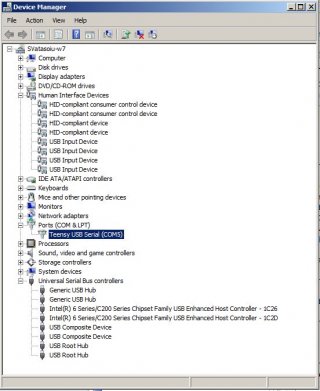I have 2 Teensy 3.1 (from Sparkfun) that stopped working after I soldered the headers.
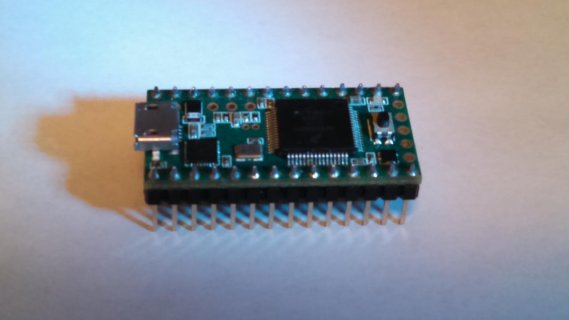
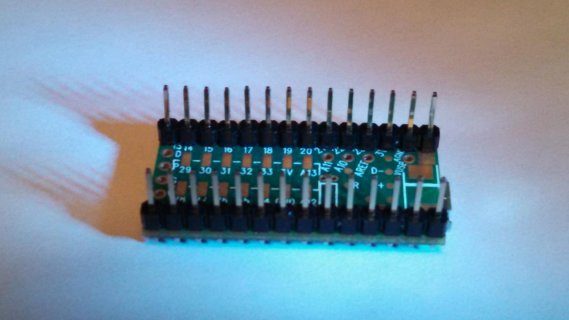
I tried both of them before soldering the headers and they worked correctly: I was able to load the blink program, driver installed correctly, everything worked. After i installed the headers, both stopped working, they were not recognized by the same machine where they worked before, the driver said the device malfunctioned and cannot communicate, Arduino IDE was not able to upload any program into them.
I did the soldering carefully (see pictures) and used the soldering iron on 20W setting.
I can understand one Teensy going bad, but for 2 of them to do the same thing, it is strange.
Either I miss something basic, or i got an defective batch or ...
Do you have any idea what may have happend, or what I can try ?
Thank you



I tried both of them before soldering the headers and they worked correctly: I was able to load the blink program, driver installed correctly, everything worked. After i installed the headers, both stopped working, they were not recognized by the same machine where they worked before, the driver said the device malfunctioned and cannot communicate, Arduino IDE was not able to upload any program into them.
I did the soldering carefully (see pictures) and used the soldering iron on 20W setting.
I can understand one Teensy going bad, but for 2 of them to do the same thing, it is strange.
Either I miss something basic, or i got an defective batch or ...
Do you have any idea what may have happend, or what I can try ?
Thank you


